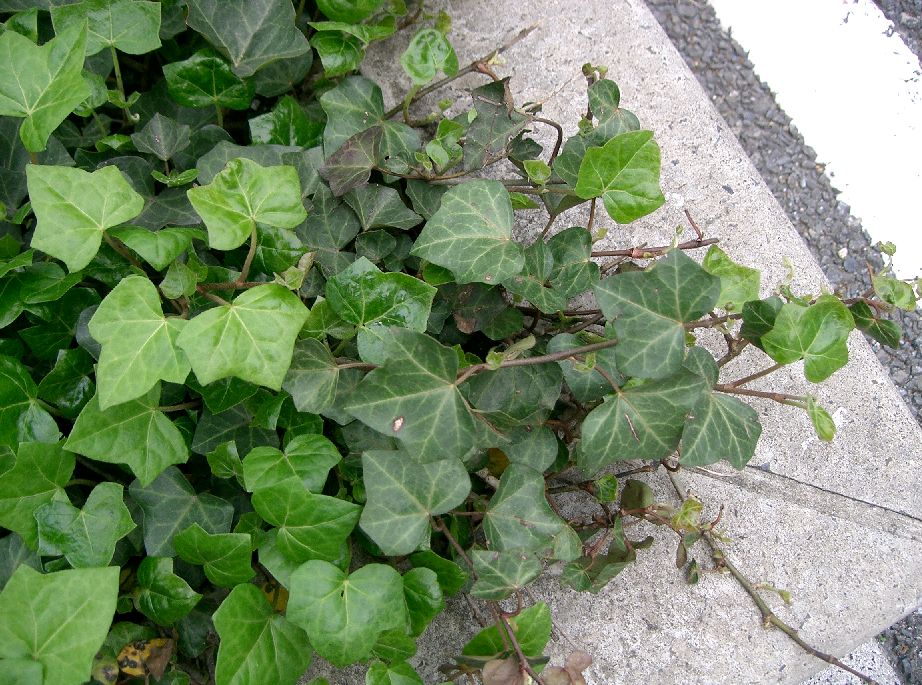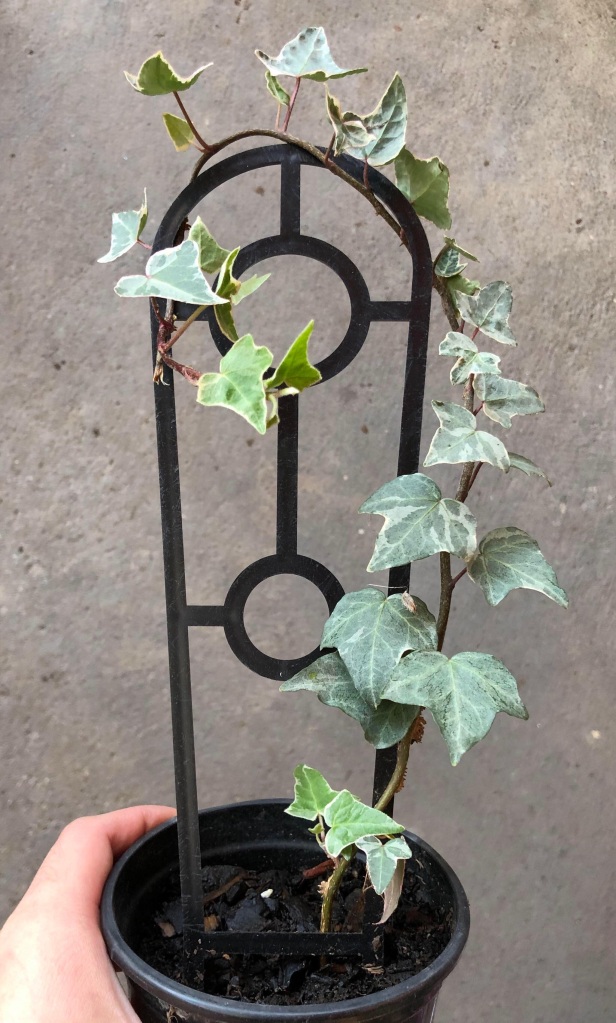
Hedera helix, also known as Common ivy or English ivy, is a vining, flowering plant that does well both indoors and outdoors. It is robust and fast growing provided that you give it the conditions that it likes, which shouldn’t be hard to do. Its tendrils are steeped in centuries of close coexistence with humanity. To many pagans, English ivy was (and still is) a symbol of protection and luck, while the Greeks believed that it helped to prevent drunkenness. If you wish to bring its crawling vines into your space, there are two main issues to keep in mind: whether it look good in your space, and how it should be taken care of.
Will this look good in my space?
Ivy plants will look good just about anywhere. Put them on a shelf, put the pot on top of a wardrobe so that the leaves grow down the side of the wardrobe where there are no swinging doors to damage it. Smaller plants can climb up a trellis, or be left to their own devices to crawl until they reach a size that allows them to hang downwards. These also look great in hanging baskets, or those cute macrame pot holders that allow you to hang plants almost anywhere.
Note: If you plan on allowing it to climb exposed brick or any building material, it may damage the surface it is clinging to. The roots will search for any crevice to seep into, which means that it may lodge itself in the smallest cracks in wood, brick and stone, and insert roots, which expand and wear away at the structure. It is insane how much a damage such dainty vines can cause. For this reason, I prefer it on a trellis. If it gets long, I just cut it back.

How should I care for English Ivy?
Light: most light conditions will do, since these plants can grow indoors or outdoors. provided that the plant is acclimated to this light slowly. Just make sure that you transition slowly from one light condition to another.
Watering: These plants like to stay quite moist, but not wet. They do not like to dry out. Use a quick-draining potting mix if unsure, and water more often. stick a finger in the soil and if the first 5cm (2 inches) or so seem dry, then it’s time to water.
Fertiliser: I never fertilise this plant. It grows very quickly without any fertiliser.
Propagation: cut a section off below the node, strip off bottom leaves, and stick the ivy in some water or soil.
General care tips:
- I’ve never had a pest issue with these, but some other definitely have reported having issues. These plants are extremely hardy, and can probably survive pests. The important thing is to keep it away from other, more delicate plants.
- If you’re not sure how much to water, try bottom watering as a beginner. To bottom water, simply put the nursery pot into a dish that is used to catch water after watering, then pour the water directly into the dish, so that the soil can soak the water up from the bottom of the pot. Leave it to sit for about 2 hours.
